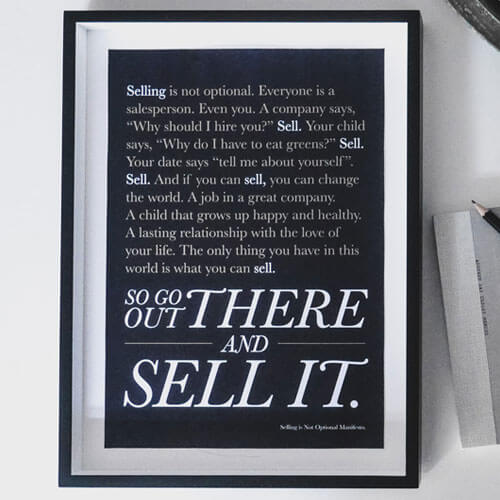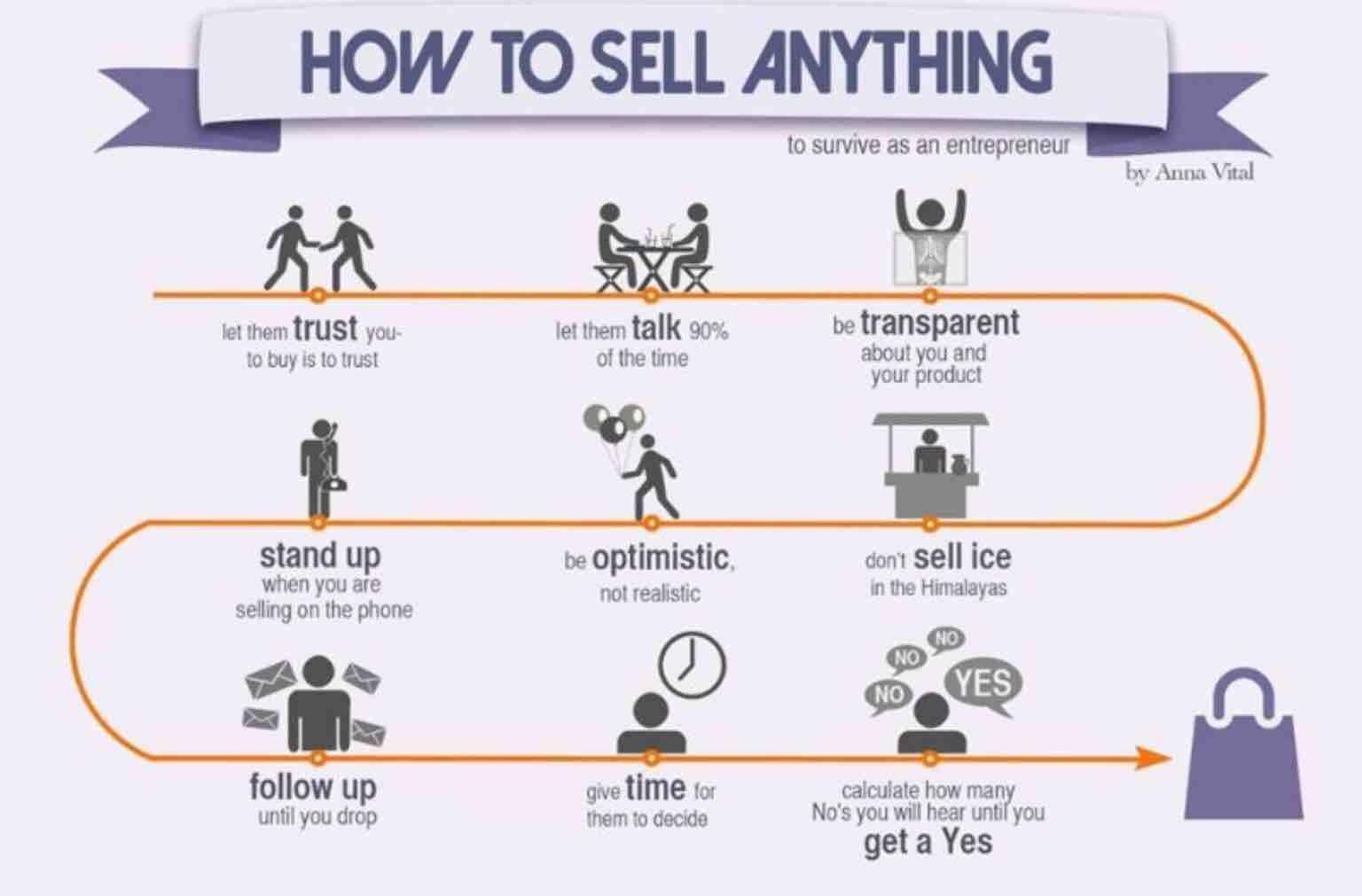What you can learn about Sales Training from a Cab Driver in London (part 2)
In my post What you can Learn about Sales Training from a Cab driver in London. I promised I would give you some practical tools and ideas that you can use in your business using this SWOT model. Here they are.
Strengths are where the secrets are.
The question for your business, then, is how do you know what you—and your salespeople—don’t know? One way to develop insight into your own company is to use a SWOT analysis on your products and services.
The SWOT framework comes from Albert Humphrey, who tested the approach in the 1960s and 1970s at the Stanford Research Institute. Developed for business and based on data from Fortune 500 companies, the SWOT analysis has been adopted by organisations of all types as a decision-making tool.
As its acronym implies, a SWOT analysis examines four elements:
- Strengths: Internal attributes and resources that support a successful outcome.
- Weaknesses: Internal attributes and resources that work against a successful outcome.
- Opportunities: External factors the project can use to its advantage.
- Threats: External factors that could jeopardise the project.
When I do my sales training and coaching sessions with my clients I carry out a simple audit to discover a SWOT analysis of their sales process:
Strengths:
- What are you the best at?
- Why do customers buy from you?
- What are your competitors’ benefits?
Weaknesses:
- Where do you need to improve?
- Are there any gaps in product lines?
- Should you add a guarantee?
- What’s preventing you from making more sales?
Opportunities:
- How can you take advantage of your new knowledge?
- Is there something unique you have to offer?
- What do these facts tell you about the future?
Threats:
- Is this the right product or service for the current market?
- What happens when the market changes?
- Do you need to evaluate your clients?
- Do you have a sales mindset?
- Do you train well and consistently?
- Does your team believe in your mission?
Evaluating your offerings this way helps you develop the insight necessary to sell them. Let’s look at one example of how insight, or lack of it, affects everyday sales interactions.
Your clients sometimes know more than you.
Imagine someone comes to your store, intending to buy. They already have an interest in the product. They quite reasonably make an inquiry with the salesperson. This is where the relationship between seller and buyer can quickly break down. If the customer expresses interest in an item and the person who can sell it to them doesn’t demonstrate enough insight, the sale will drop dead right there. The once-promising customer will walk right back out that door.
For instance, suppose an appliance store supervisor has only trained the sales staff in the bare minimum product knowledge. The salespeople on the floor know that a washing machine has a lid at the top, and it opens when you press a button, and that’s it. Chances are, your customers already know these basic facts and a lot more. The Internet now allows people to research your product thoroughly. If you are not careful—if you don’t always have some sort of valuable knowledge to add—you will lose the sale.
Plan your story about your product
Work out ahead of time what your strengths, weaknesses, and opportunities are and try to match them up against your competition. You want to be able to convince the customer of the benefit of choosing your product over any other.
SWOT Analysis Questions:
- What are the three key benefits of your product?
- What is an immediate benefit of using the product?
- What information is this benefit based on? What’s the evidence?
- Is this product actually as good as it sounds?
- Does it have some sort of guarantee?
- Is it unique?
- Have I actually asked why my clients buy from me?
- If a prospective client actually bought this product from someone else, why?
- Why did a prospective client buy something similar in the past? Was it the delivery? Was it the free shipping?
Asking these questions helps you formulate the best way to demonstrate your product knowledge. When a person comes in to buy a mobile phone, for example, what does your store or service offer that is different from the store down the road? Ask yourself what problem you are trying to solve.
You’re not selling a phone; you’re selling a solution. Does the customer want faster download speeds? Great, because your company happens to have access to the speediest network around. Do they need a predictable monthly bill? Tell them about your recently launched steady rate package. Share those facts, and chances are the customer is going to buy from you, not any the other six phone stores in town.
Do they need a predictable monthly bill? Tell them about your recently launched steady rate package. Share those facts, and chances are the customer is going to buy from you, not any the other six phone stores in town.
Someone reading this blog might have ten, twenty, or only two employees. However large or small your staff, you need to train them to research the strengths of your product. Teach them to look for the key benefits and the reasons people buy it.
Next week we talk about the secret behind one of my favorite cafes in my home town.
Until then, remember ‘nothing happens until someone sells something’
ABOUT THE AUTHOR:
Mike Brunel – Author, Sales Trainer and Coach at Mikebrunel.com. Mike started mikebrunel.com after being a successful entrepreneur. He was a co-founder of NRS Media a global leader in media sales. His products and services generated $350 million a year in revenue for his clients. He sold that business in 2014 and now consults to business owners throughout New Zealand and beyond. He works with any business that wants to increase sales that have a sales turnover of 1/2 million up to $10 million. He works closely with digital and marketing services to help attract sales for his clients.




